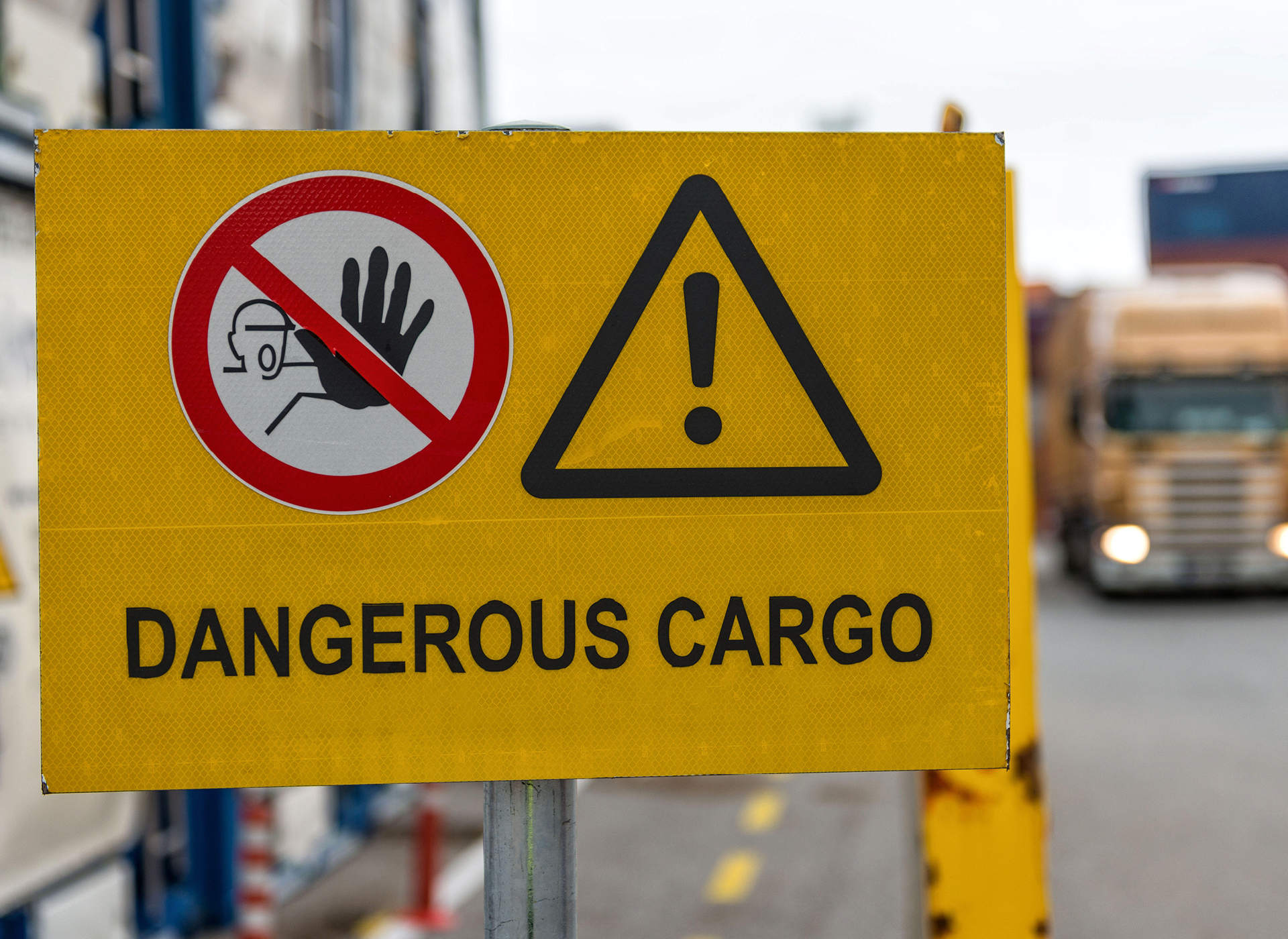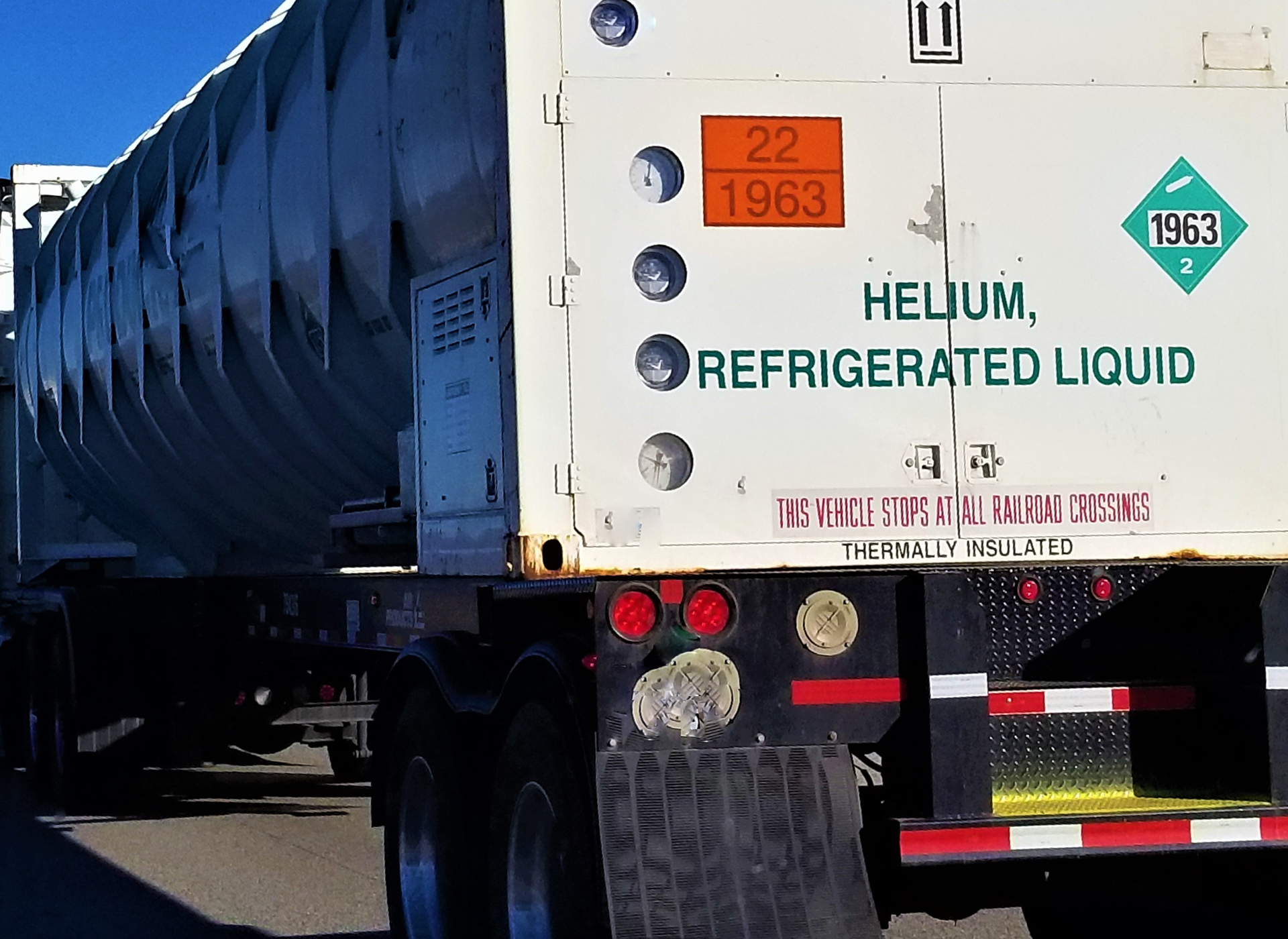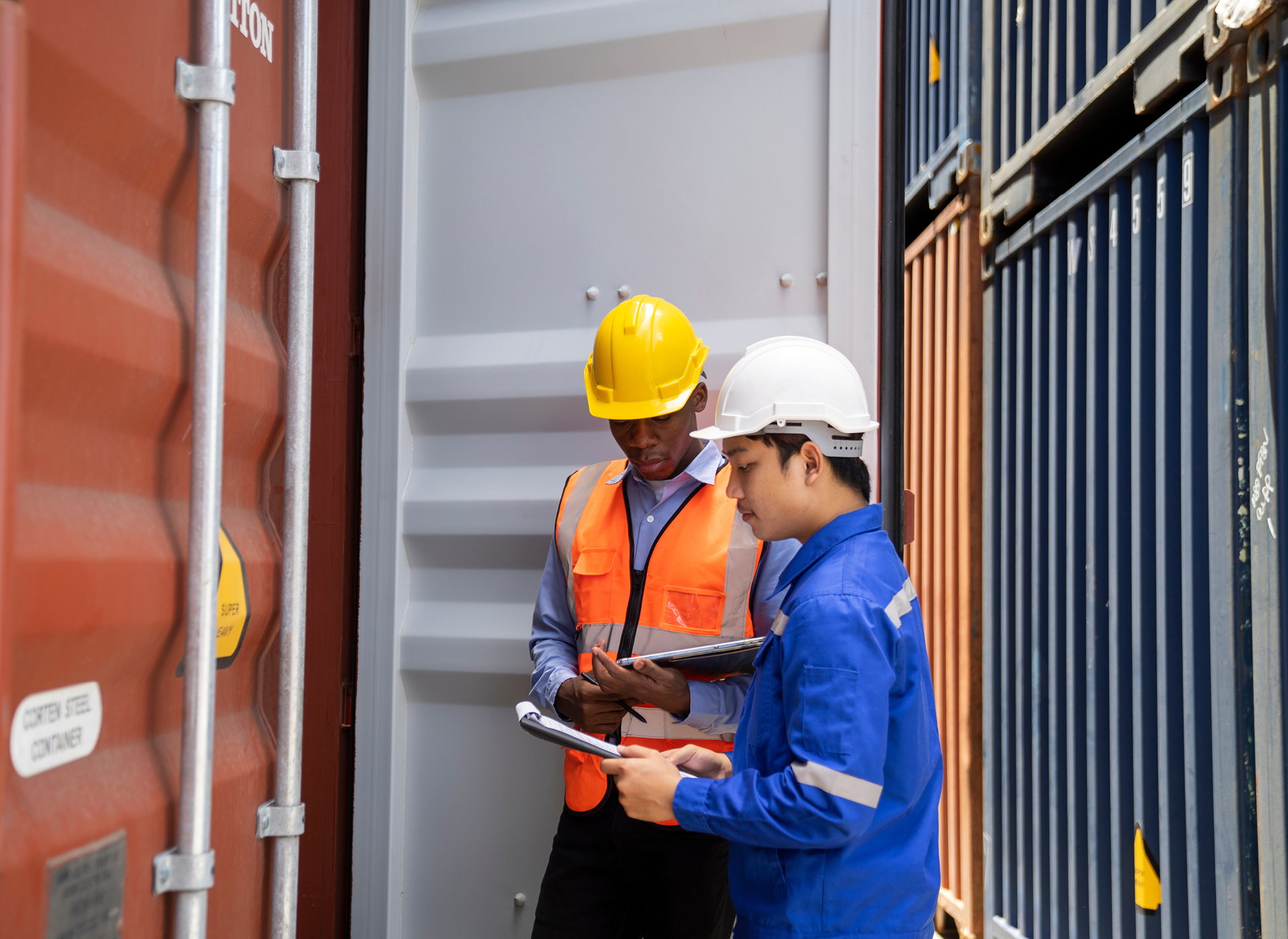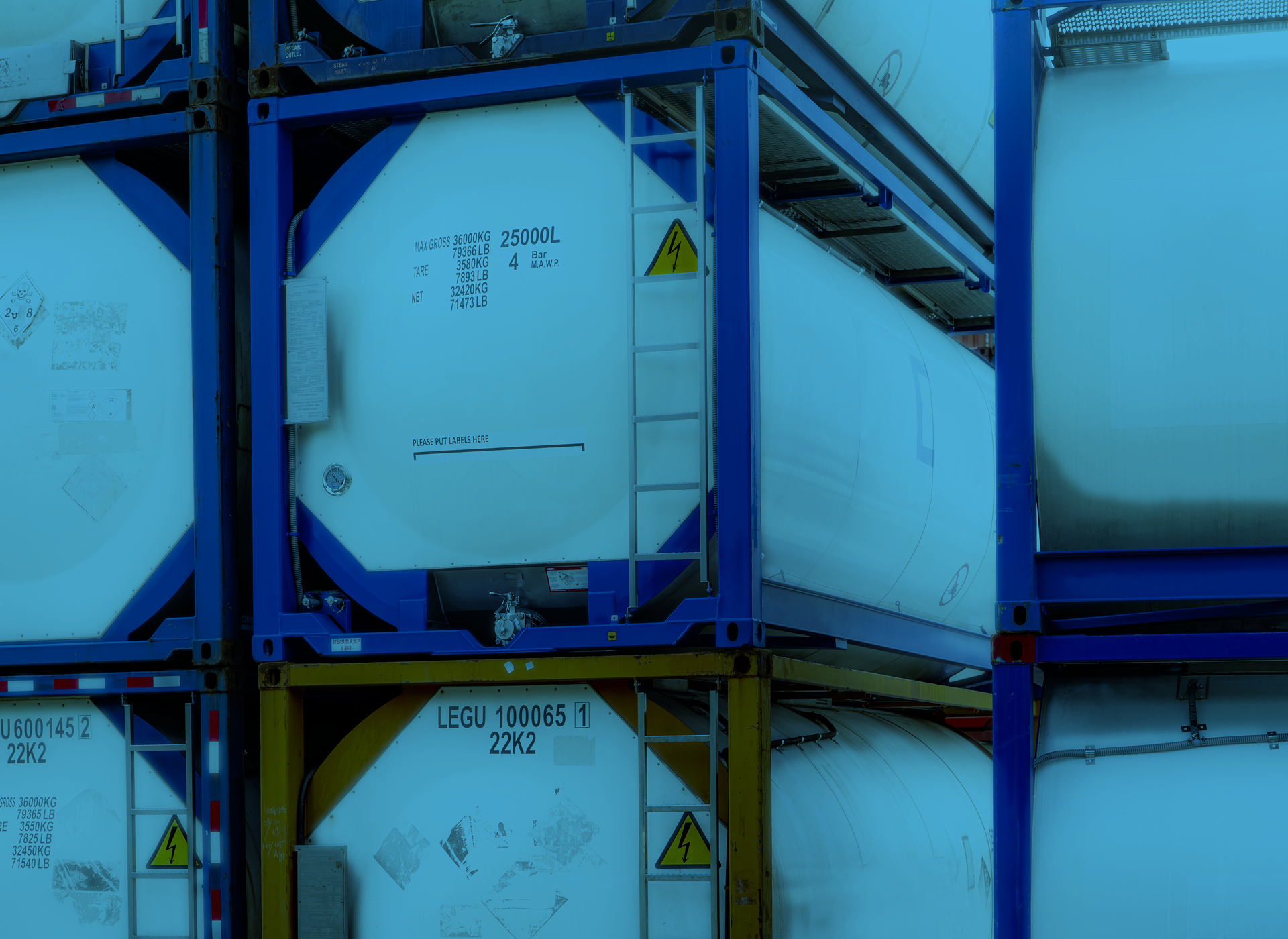The transport of dangerous goods is one of the most critical activities in international logistics. These goods, known as hazardous materials or “hazmat” for short, include chemicals, explosives, gases, radioactive materials and others that can pose a significant risk to human health, public safety and the environment if not handled properly.
In a global context, where supply chains extend across borders and oceans, it is essential that all parties involved in the transport of dangerous goods understand and comply with established regulations. The recent explosion of a container loaded with dangerous goods on a Yang Ming ship, which caused a large fire, is a shocking reminder of the risks inherent in this type of operation.
Understanding Dangerous Goods
Dangerous goods are classified into various categories based on the level and type of risk they present. The internationally recognized classification is that of the UN (United Nations), which divides dangerous goods into nine main classes:
Class 1: Explosives.
Class 2: Gases.
Class 3: Flammable liquids.
Class 4: Flammable solids, substances that undergo spontaneous combustion, and substances that emit flammable gases when they come into contact with water.
Class 5: Oxidizing substances and organic peroxides.
Class 6: Toxic substances and infectious substances.
Class 7: Radioactive materials.
Class 8: Corrosive substances.
Class 9: Other dangerous products, such as miscellaneous dangerous materials that do not fit into the other classes.
Each class of dangerous goods has specific regulations regarding their packaging, labeling, storage and transportation.

International Regulations and Compliance
The transport of dangerous goods is strictly regulated internationally by a series of agreements and regulations that seek to mitigate the associated risks. Among the main regulations are:
IMDG Code (International Maritime Dangerous Goods Code): Establishes standards for the safe transport of dangerous goods by sea. This code, developed by the International Maritime Organization (IMO), is essential for operations in ports and on board ships.
ADR Regulation (European Agreement concerning the International Carriage of Dangerous Goods by Road): Regulates the transport of dangerous goods by road in Europe.
ICAO Technical Instructions for the Safe Transport of Dangerous Goods by Air: Regulates the air transport of dangerous goods globally.
RID Regulation (Regulations Concerning the International Carriage of Dangerous Goods by Rail): Applies to the rail transport of dangerous goods in Europe.
Compliance with these regulations is essential to avoid catastrophic incidents. However, regulation alone is not enough; it must be accompanied by a rigorous safety culture by all actors involved.
The explosion of a container loaded with dangerous goods on a Yang Ming vessel is a tragic example of what can happen when precautions are not sufficient or not followed properly. Such incidents underscore the need for continued vigilance and a commitment to best practices throughout the supply chain.

Methods for Securing Dangerous Goods Cargo
Securing dangerous goods cargo involves more than just complying with regulations; it requires a comprehensive approach that addresses all aspects of the logistics process, from packaging to handling and transportation.
Adequate Packaging
Packaging is the first level of defense against the risks associated with dangerous goods. It must be robust and suitable for the type of material transported, taking into account factors such as pressure, temperature and humidity. Packaging must be certified for the specific type of goods, and packaging instructions provided by manufacturers must be strictly followed.
Labelling and Marking
Correct and visible labelling is crucial to quickly identify the type of goods and the risk they present. Labels must comply with international standards, and must be placed so that they are visible from all angles of the container. In addition, it is vital that the labelling includes information on emergency measures in the event of an accident.
To learn more about correct labelling, see our article Dangerous Goods: Classes and Labelling.
Stowage and Securing
Correct stowage and securing of dangerous goods within containers is essential to prevent movements during transport that could damage the packaging and cause leaks or spills. Containers must be adequately secured to withstand the forces generated during transport, especially in adverse maritime conditions.
Accurate Documentation
Documentation is a critical aspect in the transport of dangerous goods. Documents should include detailed information about the contents of the shipment, associated risks and emergency measures. This documentation should be available to all those involved in the supply chain, from carriers to port authorities and emergency response teams.
Training and Awareness
All workers involved in the transport of dangerous goods must receive adequate training on the associated risks and safety measures. Training should include emergency simulations and familiarization with applicable regulations. Awareness of the risks and the importance of compliance with regulations should be a constant priority.
Equipment Inspection and Maintenance
Equipment used for the transport of dangerous goods, such as containers and vehicles, must be regularly inspected to ensure that it is in optimal condition. Inspections must be thorough and carried out by qualified personnel, and any defective equipment must be immediately removed from service until necessary repairs are made.
Coordination and Communication
Effective coordination between all parties involved is key to ensuring safe transport. This includes clear communication between manufacturers, carriers, freight forwarders, terminal operators and regulatory authorities. Accurate and timely information flow can prevent misunderstandings and errors that could result in serious incidents.
Transporting dangerous goods in international logistics requires a meticulous approach and an unwavering safety culture. From compliance with international regulations to constant staff training, every detail counts to prevent incidents that can have catastrophic consequences.
Don’t hesitate to contact us to plan and execute your next dangerous goods shipment!

